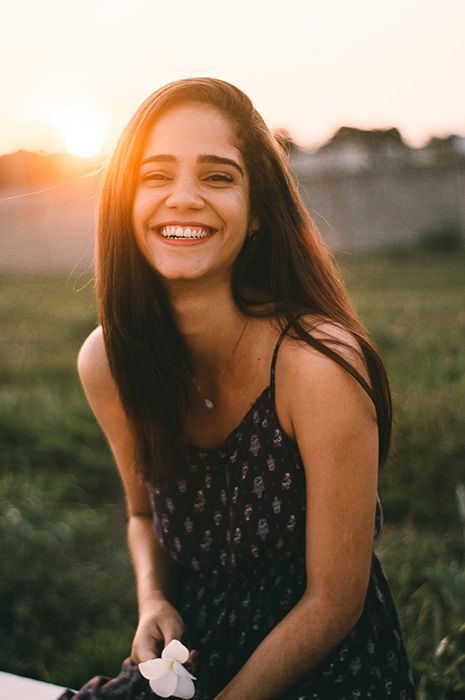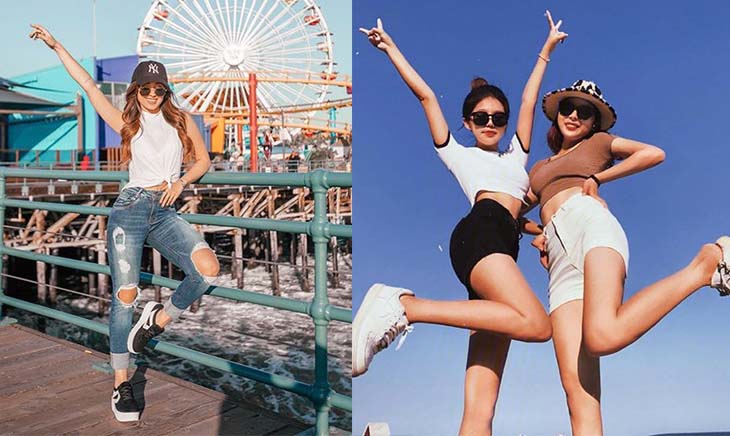Mastering Posing: 15 Essential Tips for Stunning Portraits
Creating compelling and visually appealing portraits is a skill that every professional photographer should master. While equipment and lighting are important, posing your subjects effectively plays a pivotal role in achieving outstanding results. In this comprehensive guide, we will delve into 15 essential posing tips that will help you capture stunning and engaging portraits.
Section 1: Establish a Connection

1.1. Build Rapport:
- Explanation: Establish a connection with your subject to create a relaxed and comfortable atmosphere during the photoshoot.
- Tips: Engage in conversation, be genuinely interested, and offer compliments to put your subject at ease.
1.2. Give Clear Instructions:
- Explanation: Provide clear and concise directions to guide your subject in achieving the desired poses.
- Tips: Use simple language, demonstrate the pose yourself, and offer positive feedback.
Section 2: Body Positioning

2.1. The Importance of Posture:
- Explanation: Correct posture can significantly enhance a subject’s appearance and confidence.
- Tips: Encourage subjects to stand up straight, roll back their shoulders, and elongate their necks.
2.2. Angle Matters:
- Explanation: Experiment with different angles to find the most flattering one for your subject’s face and body.
- Tips: Shooting slightly above eye level can make your subject appear more flattering.
Section 3: Facial Expressions

3.1. Authentic Smiles:
- Explanation: Capturing genuine smiles can make or break a portrait.
- Tips: Use humor, engage in conversation, and create a comfortable environment to elicit natural smiles.
3.2. Focus on the Eyes:
- Explanation: The eyes are the windows to the soul, so ensure they are sharp and expressive.
- Tips: Use a wide aperture to create a shallow depth of field and draw attention to the eyes.
Section 4: Composition and Framing

4.1. Rule of Thirds:
- Explanation: Compose your shots using the rule of thirds to create a balanced and visually pleasing image.
- Tips: Position your subject’s eyes along the intersecting lines of the grid.
4.2. Leading Lines:
- Explanation: Utilize natural or artificial lines to guide the viewer’s eyes towards your subject.
- Tips: Use roads, fences, or architectural elements as leading lines in your composition.
Section 5: Hand and Arm Placement

5.1. Avoid Limb Tangents:
- Explanation: Ensure that hands and arms are not inadvertently cut off at the frame’s edge.
- Tips: Pay attention to limb placement and angles to prevent distractions.
5.2. Natural Hand Positions:
- Explanation: Encourage subjects to adopt natural hand positions that complement the overall pose.
- Tips: Relaxation is key; ask subjects to lightly touch or rest their hands to appear more comfortable.
Section 6: Props and Accessories

6.1. Use Props Wisely:
- Explanation: Props can add depth and storytelling elements to your portraits.
- Tips: Choose props that enhance the subject’s personality and convey a meaningful narrative.
6.2. Accessory Coordination:
- Explanation: Ensure that accessories such as jewelry or clothing complement the overall look.
- Tips: Advise subjects to coordinate accessories with their outfits for a harmonious appearance.
Section 7: Dynamic Posing

7.1. Candid Moments:
- Explanation: Capture spontaneous, unposed moments that reflect your subject’s genuine personality.
- Tips: Observe and be ready to snap candid shots during breaks or transitions between poses.
7.2. Action Posing:
- Explanation: Encourage subjects to engage in dynamic actions or movements for more exciting portraits.
- Tips: Experiment with jumping, twirling, or walking shots to add energy to your images.
Conclusion:
Mastering the art of posing is an essential skill that can transform your portrait photography. These 15 posing tips will not only help you create stunning images but also build a positive rapport with your subjects. Remember that practice and adaptability are key; each subject is unique, so be open to adjusting your techniques to capture their individual essence. With these tips in your toolkit, you’ll be well on your way to creating remarkable and captivating portraits. Happy shooting!